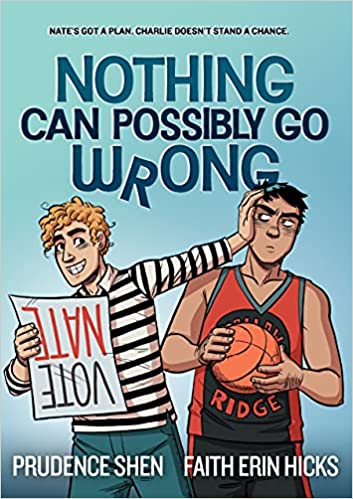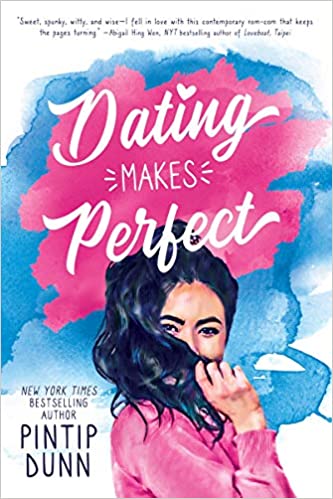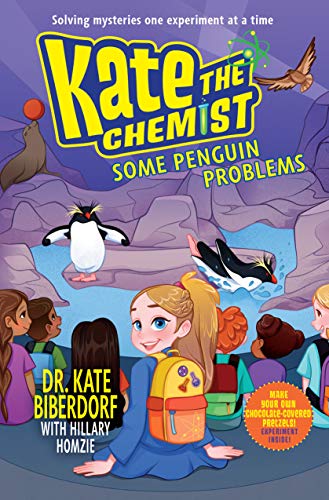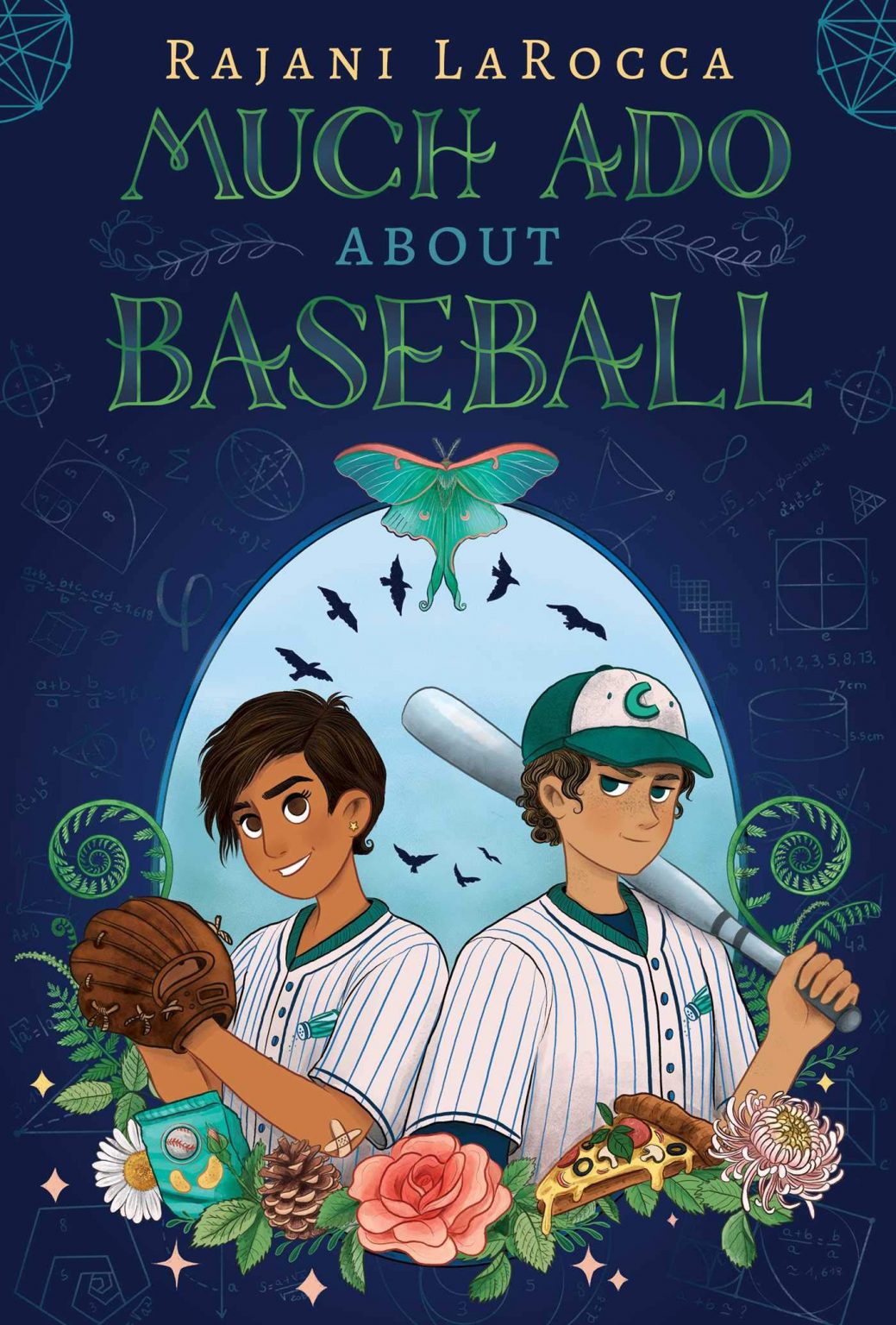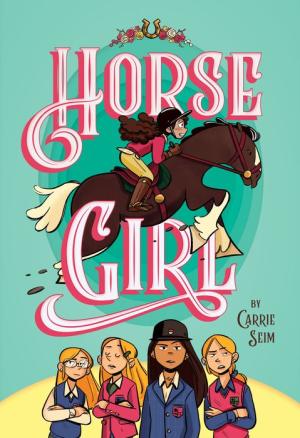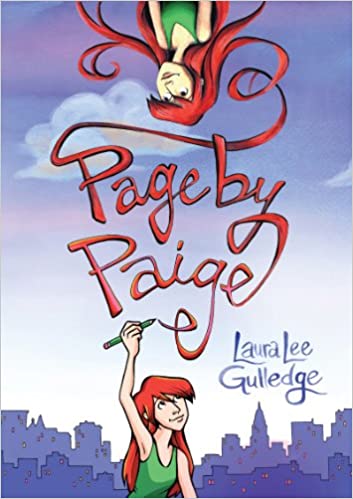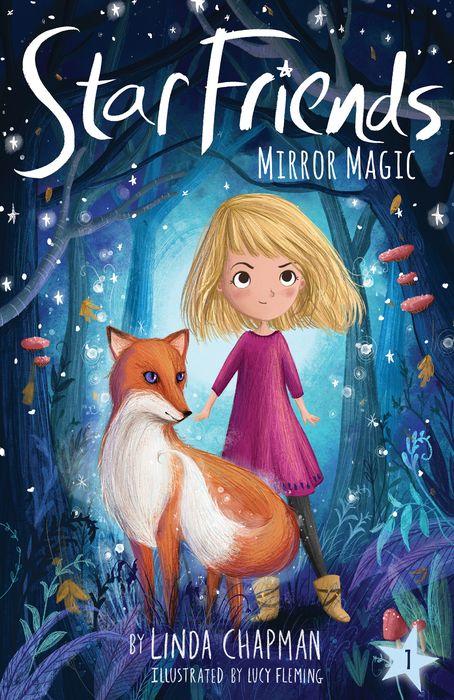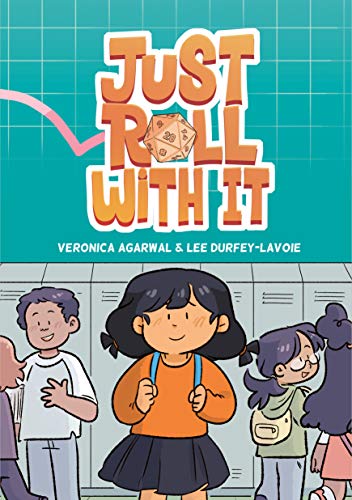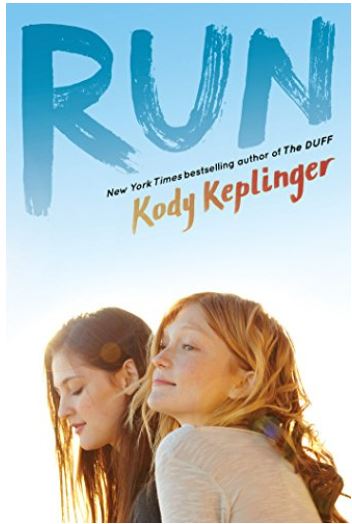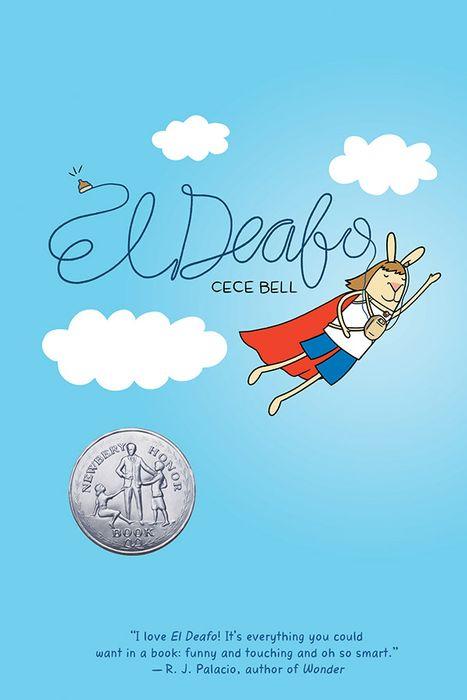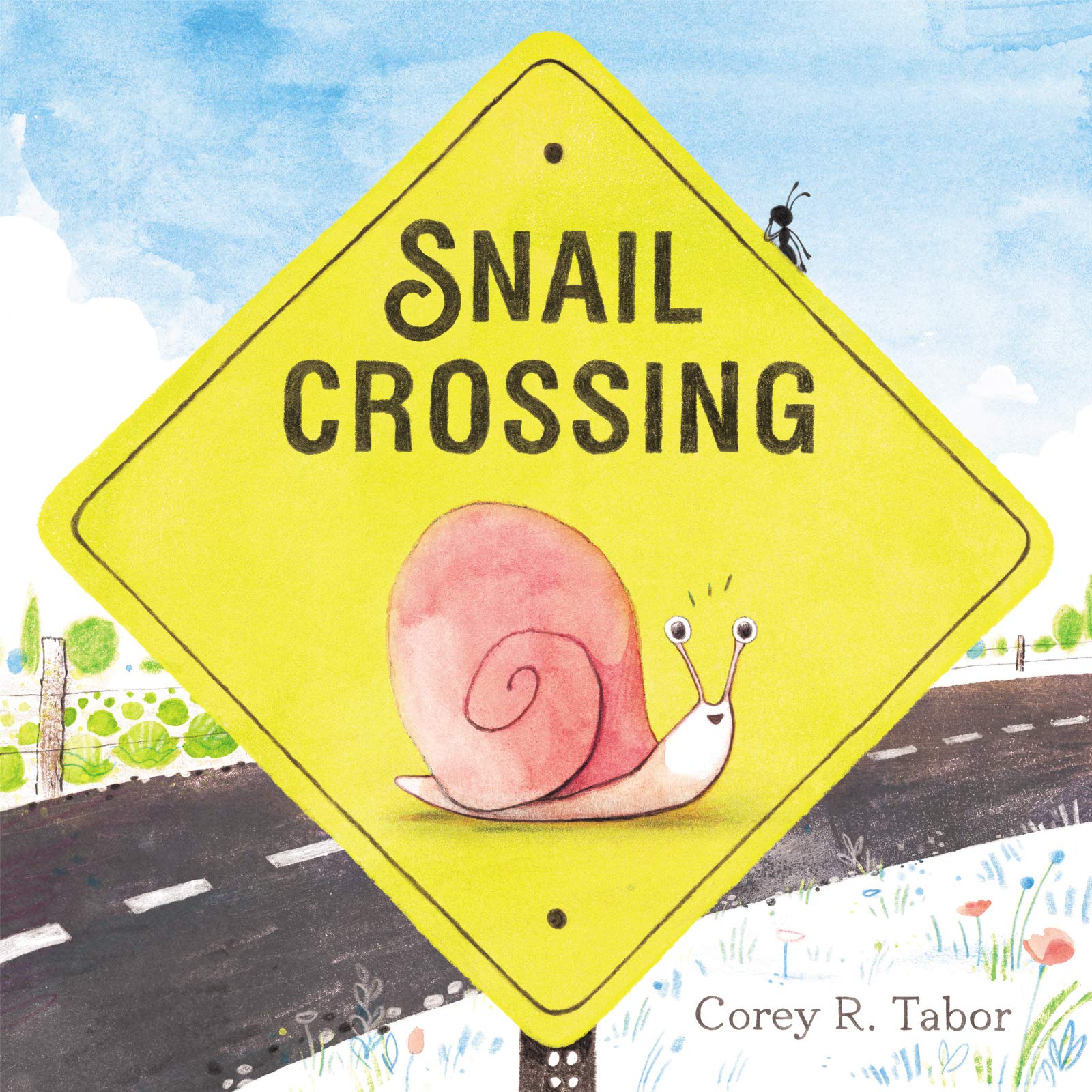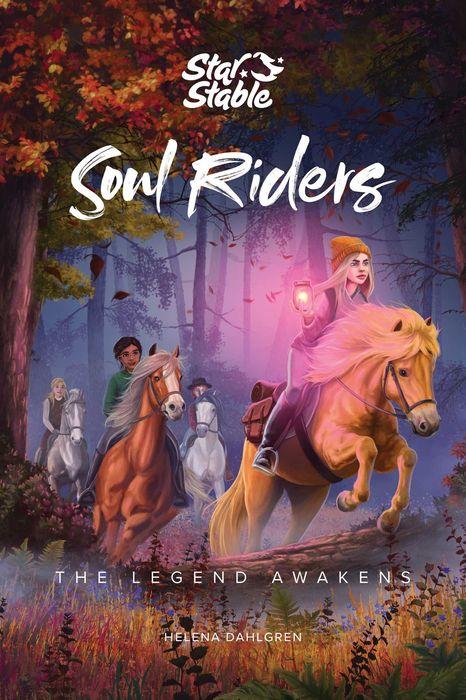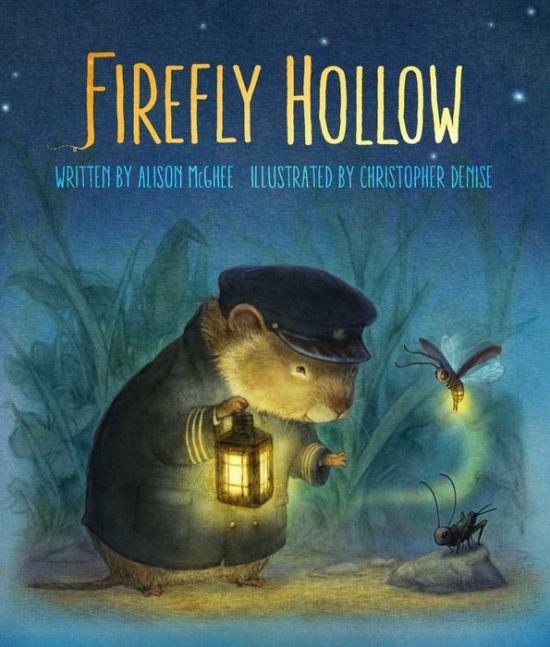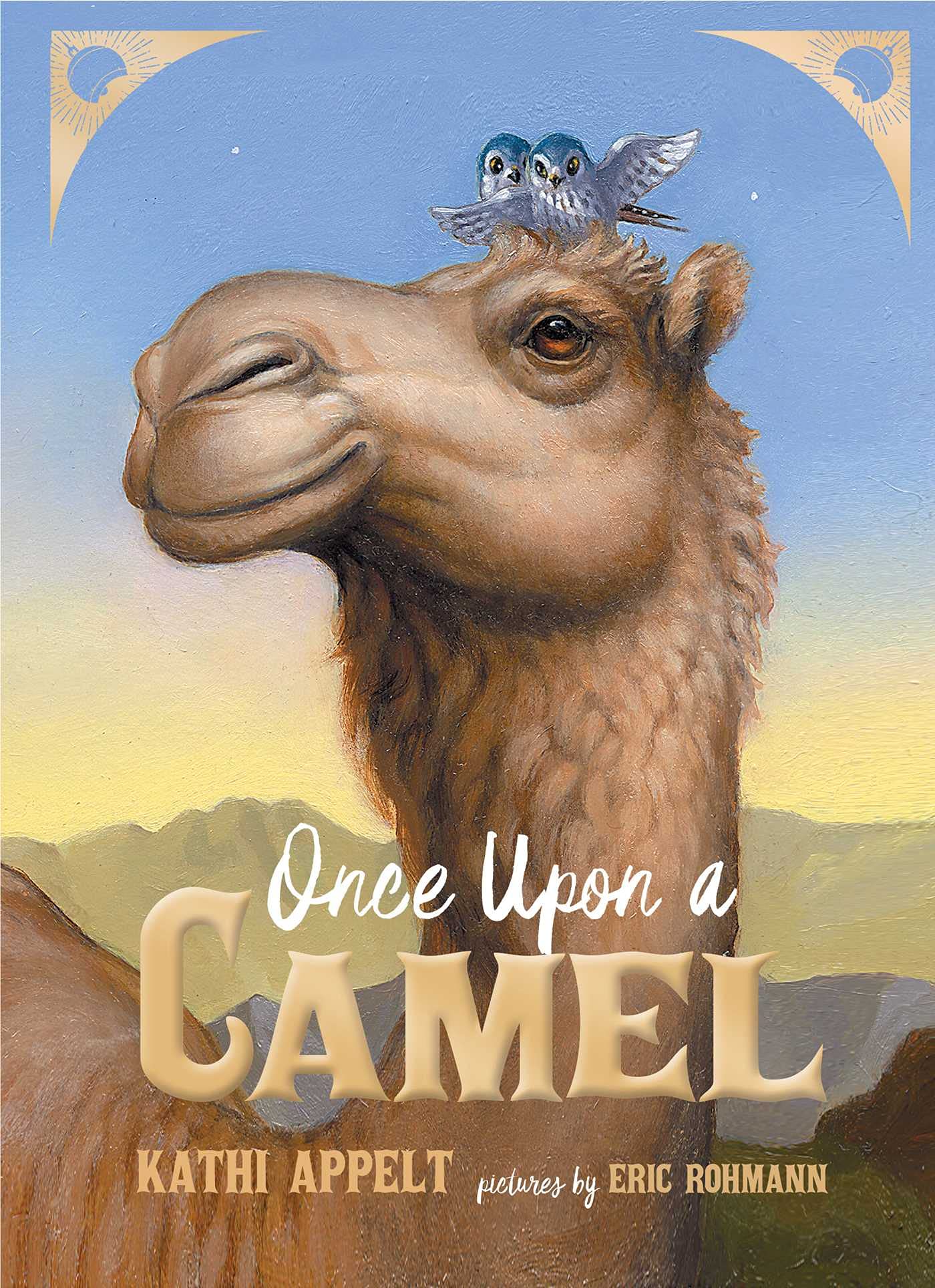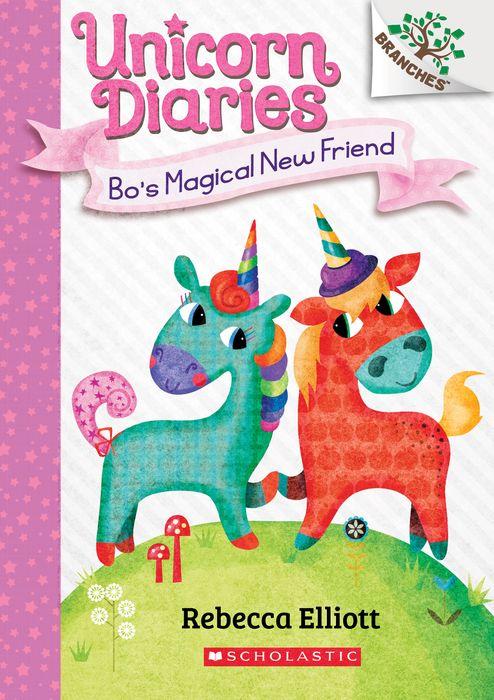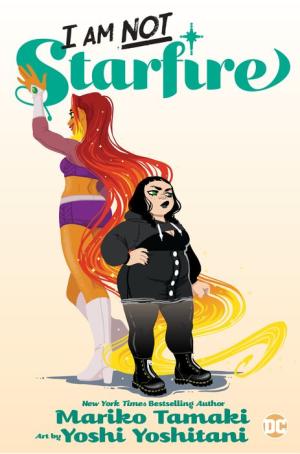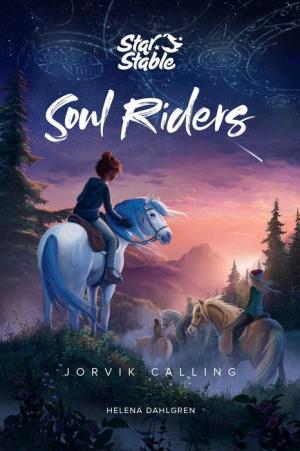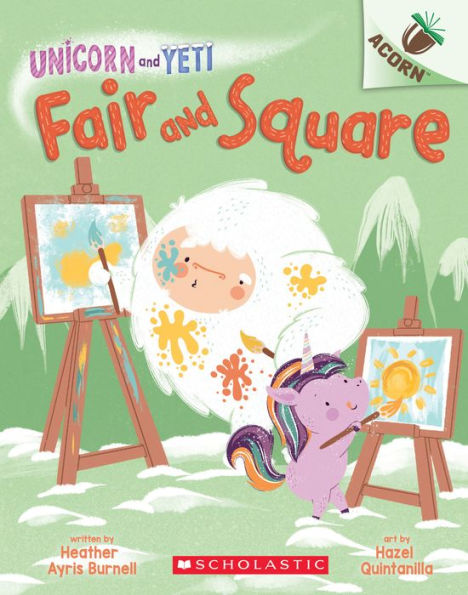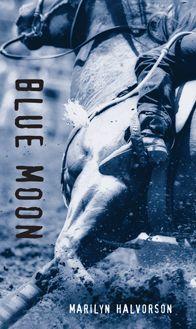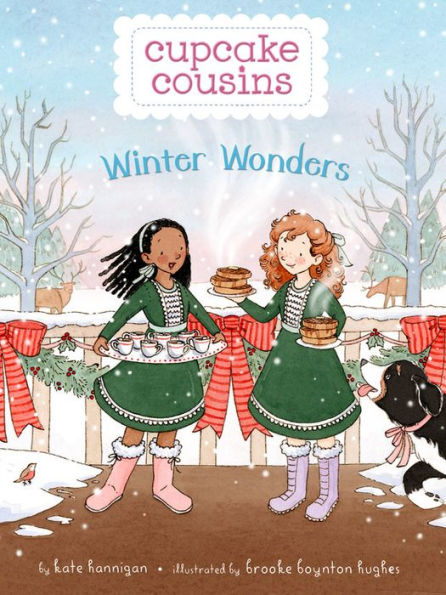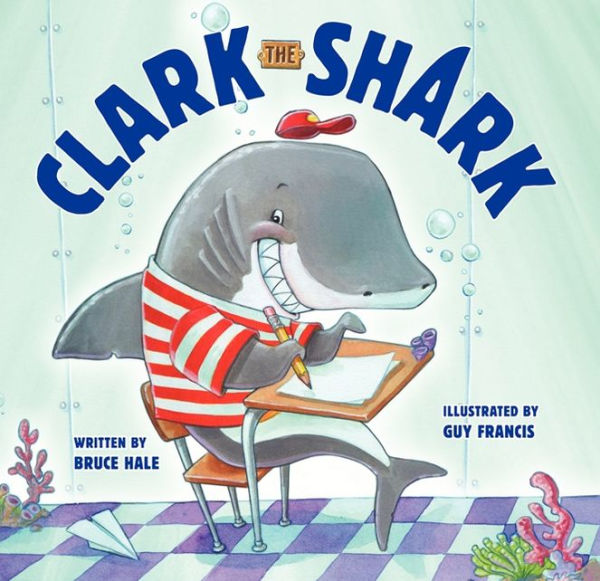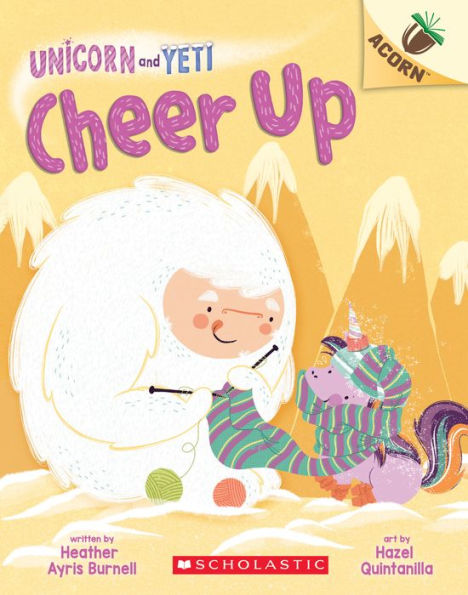Charlie is the laid-back captain of the basketball team. Nate is the neurotic, scheming president of the robotics club. The two have been best friends their whole lives until Nate declares war on the cheerleaders and the cheerleaders retaliate by forcing Charlie to run against Nate in the class election. What’s at stake? Student funding which, depending on who wins, will either cover a robotics competition or new cheerleading uniforms.
Bad sportsmanship? Sure. Chainsaws? Why not? Running away from home on Thanksgiving to illicitly enter a televised robot deathmatch? Let’s do this!
The drama of high school comes to life in this hilarious graphic novel that focuses on two friends. Readers will love the interplay between Nate and the cheerleaders as they go head to head trying to best each other. The ridiculous student body campaign, the high school drama, and the crazy antics of Nate and Charlie will have readers laughing out loud. At first the characters argue or fight, but Nate’s experiences will ultimately teach the importance of working together, even when people dislike each other.
While a lot of the story’s action comes from humorous situations, Charlie also deals with some difficult family dynamics. His father travels for work, leaving Charlie alone most of the time. Charlie also has a hard time dealing with the trauma of his mother leaving town to live with another man. While this conflict is not developed in detail, Charlie does learn that he cannot ignore the situation and instead must talk to his parents about his emotions.
Nothing Can Possibly Go Wrong is a quick read and a fun graphic novel. Each page’s panels have zero to seven sentences that often contain onomatopoeia and interesting banter. A lot of illustrations show characters’ facial expressions; some facial expressions are over the top, but this adds to the humor and makes it easy for readers to understand the characters’ feelings.
Nothing Can Possibly Go Wrong focuses on high school drama and uses the typical stereotypes—mean cheerleaders, nerdy robot builders, and a basketball star—to create humor and keep the action moving. To increase the tension, the teens generally behave badly. For instance, one cheerleader uses her parent’s credit card without permission so the kids can sneak off to a battle bot competition. These episodes will appeal to a wide range of teenagers, who will enjoy watching Nate deal with the pressures of high school cliques. Nothing Can Possibly Go Wrong will grab readers right from the start and keep them smiling as they experience Charlie’s crazy high school drama.
Sexual Content
- Someone uses bleach to write on the school’s sports field. The field says, “Nolan loves goats.” Underneath, someone else writes, “Yeah, well, Nate Harding bangs them.”
Violence
- Nate slams Charlie against the wall and yells at him. Charlie runs and Nate gives chase. Then a cheerleader trips Nate, who falls to the floor. Later, the principal asks, “Mr. Nolan, why were you trying to make Mr. Harding eat your physics book?”
- During a basketball game, a boy from the other team purposely elbows Charlie in the head, causing him to fall. Charlie is taken to the hospital and has a concussion.
- One of Nate’s friends gets angry and tries to choke him.
- While at a battle bot competition, two boys start picking on Joanna, so Charlie grabs one of the boy’s arms and flings him to the ground.
Drugs and Alcohol
- Charlie mentions that his father is out of town, so a bunch of kids go to his house to have a party. Nate finds Charlie hiding under his bed. Charlie says he did “not invite half the school to bring over their parents’ cheap alcohol and get drunk on my front lawn.”
Language
- Profanity is used occasionally. Profanity includes ass, crap, hell, and dammit.
- Charlie’s friend asks him, “Now you’re older and have since grown a pair, right?”
- Charlie calls Nate a jackass and then flips him off.
- Nate calls two boys “a pair of dicks.”
- Oh God is used as an exclamation a few times.
Supernatural
- None
Spiritual Content
- None
